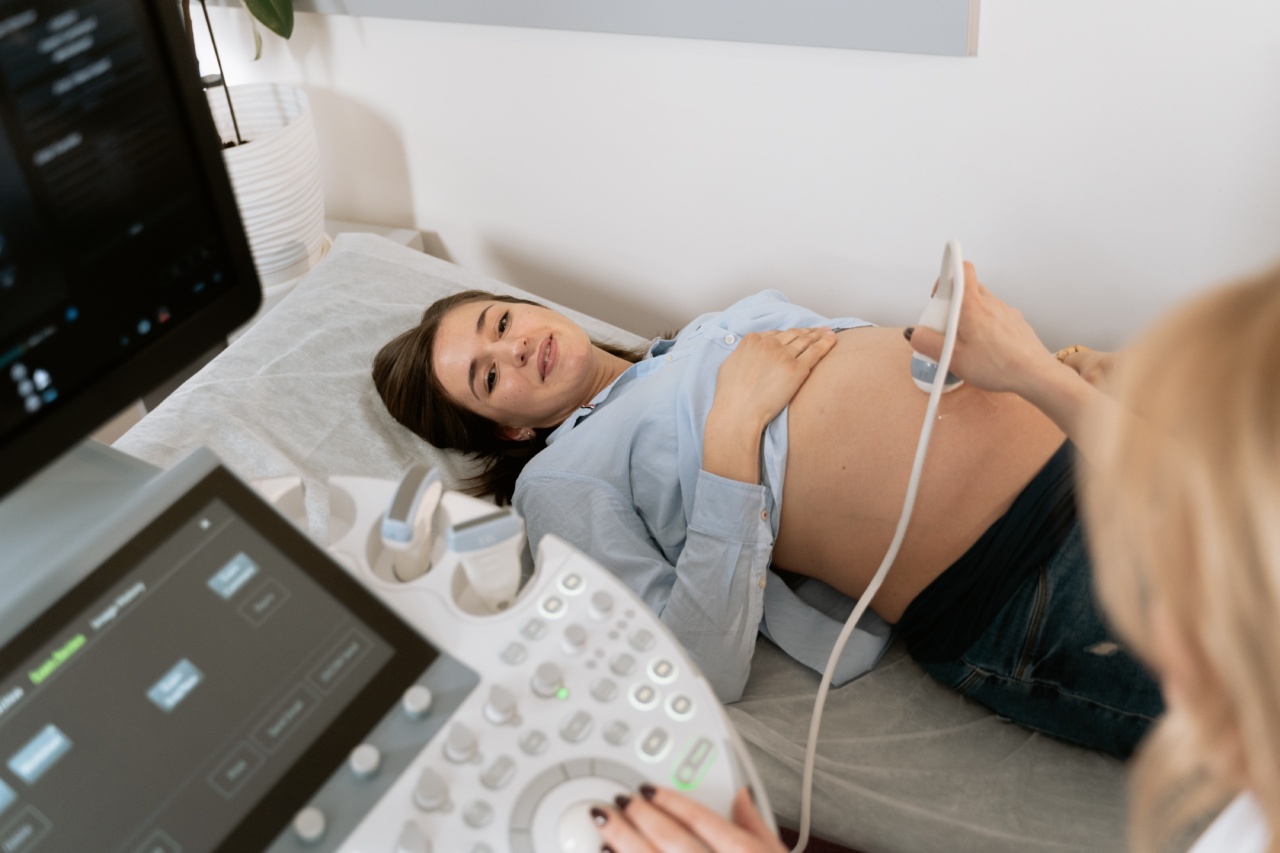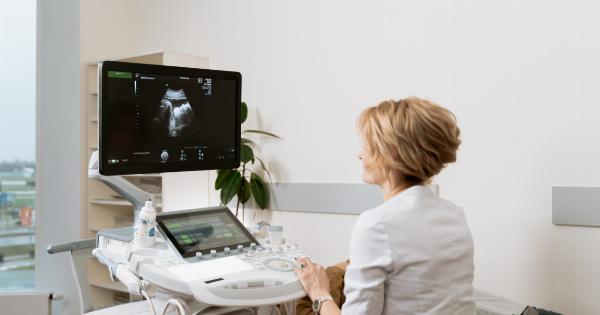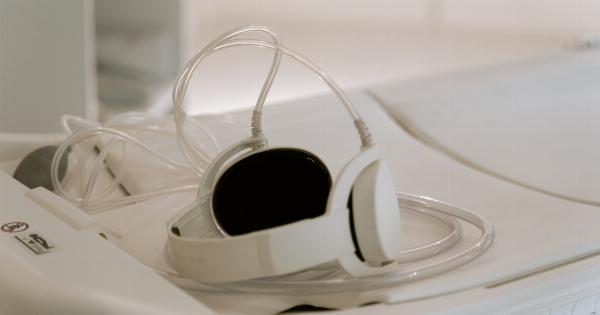Computed Tomography (CT) is a diagnostic imaging technique that uses X-rays to produce detailed images of internal structures in the body. It is a commonly used diagnostic tool in modern medicine, but it is not without risks.
Many pregnant women are understandably concerned about the potential dangers of CT scans during pregnancy, and with good reason. In this article, we will explore the risks associated with CT scans during pregnancy and what steps pregnant women can take to protect themselves and their unborn babies.
What is a CT Scan?
A CT scan, also known as a CAT scan (Computed Axial Tomography), is a diagnostic tool that uses X-rays to produce detailed images of internal structures in the body.
During the procedure, the patient lies on a table that slides into a large, circular opening in the scanner. The X-ray machine rotates around the patient, taking multiple images from different angles. These images are then combined by a computer to create a 3D image of the area being scanned.
Why Are CT Scans Used?
CT scans are used to diagnose a variety of medical conditions, including cancer, heart disease, and neurological disorders. They are also used to monitor the progression of diseases and the effectiveness of treatment.
CT scans can provide more detailed images than traditional X-rays, making them a valuable tool in the diagnosis and treatment of many medical conditions.
The Risks of CT Scans During Pregnancy
The primary concern of CT scans during pregnancy is the potential harm to the developing fetus from the ionizing radiation used in the procedure. Ionizing radiation can damage DNA and cause mutations that can lead to cancer and other health problems.
The risk to the fetus depends on the stage of pregnancy, the dose of radiation, and the specific area being scanned.
The risk of harm to the fetus is highest during the first trimester of pregnancy, when the organs are still developing. During the second and third trimesters, the risk is lower, but still present.
The risk increases with the dose of radiation, so lower doses are generally considered safer than higher doses. The specific area being scanned can also affect the risk to the fetus. Scans of the head and chest expose the fetus to less radiation than scans of the abdomen and pelvis.
Alternative Methods of Diagnosis for Pregnant Women
When possible, alternative imaging methods that do not use ionizing radiation should be used to diagnose medical conditions in pregnant women.
Ultrasound and magnetic resonance imaging (MRI) are two common alternative imaging methods that do not use ionizing radiation and are considered safe during pregnancy.
Ultrasound uses high-frequency sound waves to produce images of internal structures in the body. It is commonly used to monitor the development of the fetus during pregnancy and can also be used to diagnose medical conditions in pregnant women.
MRI uses a magnetic field and radio waves to produce detailed images of internal structures in the body. It is a safe alternative to CT scans during pregnancy, but it is not always suitable for all medical conditions.
When a CT Scan is Necessary During Pregnancy
In some cases, a CT scan may be necessary to diagnose a medical condition in a pregnant woman. In these cases, the risks of harm to the fetus must be carefully weighed against the potential benefits of the scan.
If a CT scan is deemed necessary, certain precautions can be taken to minimize the risk of harm to the fetus.
The dose of radiation used in the scan should be minimized as much as possible, and the specific area being scanned should be carefully selected to minimize the radiation exposure to the fetus.
The scan should also be timed so that it is performed during the second or third trimester of pregnancy if possible, when the risk to the fetus is lower.
Conclusion
CT scans are a valuable diagnostic tool, but they are not without risks. Pregnant women should be aware of the potential dangers of CT scans during pregnancy and take steps to protect themselves and their unborn babies.
Alternative imaging methods that do not use ionizing radiation should be used whenever possible, and if a CT scan is deemed necessary, precautions should be taken to minimize the risk of harm to the fetus.



























